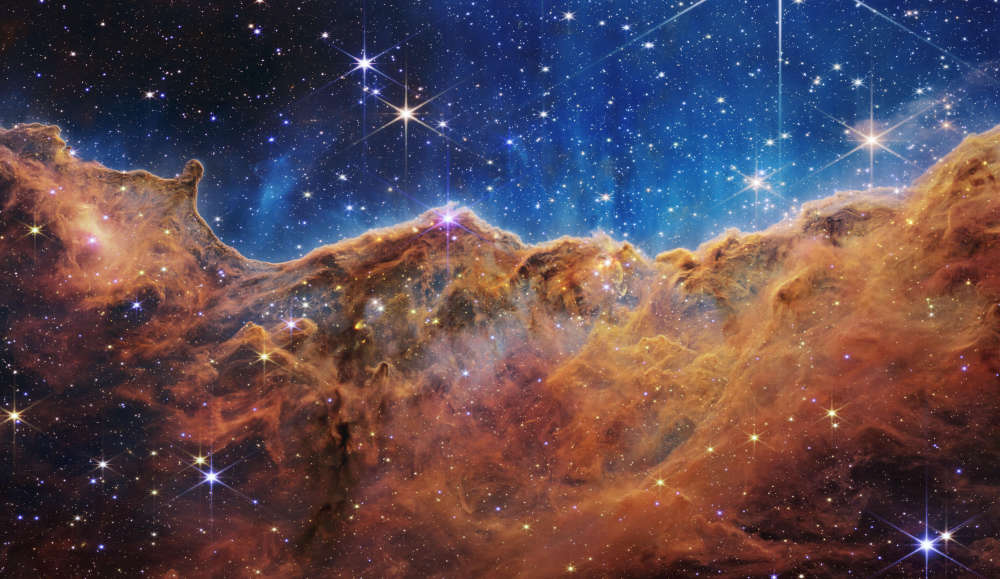
People in Morecambe have become the first in the world to see ground breaking colour images of the universe through a telescope costing $10 billion.
Scientists from Lancaster University were on hand at the Winter Gardens to display the first images of the James Webb Space Telescope, with staff presenting the images with a projector on stage, and solar telescopes outside the venue.
This was one of only four events in the UK selected by the European Space Agency to showcase the exciting new Webb data after a competitive application process.
The pictures beamed back to Earth are the first in full colour and are expected to spark global interest.

Eric Smith, Webb program scientist at NASA Headquarters in Washington said: “The release of Webb’s first full-colour images will offer a unique moment for us all to stop and marvel at a view humanity has never seen before.”
Dr Julie Wardlow from Lancaster University’s Department of Physics said it was a huge honour.
“It’s a privilege to be selected to host an event celebrating the first release of science data from the James Webb Space Telescope and we’re thrilled to be able to bring the pioneering images to Morecambe for free. I can’t wait to see the data and share the excitement with local people!”
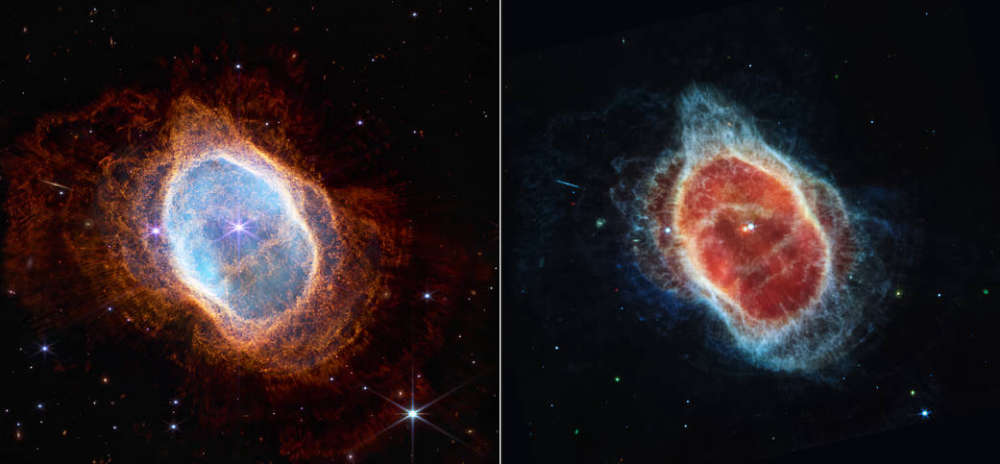
The event included a show inside the University’s mobile inflatable planetarium called LUniverse, which visits 60 schools a year as well as local festival and events.
The images were shown straight from NASA and ESA HQ to the main stage as they were released, with visitors getting a fully immersive experience.
The historic images will also be exhibited locally at places such as libraries, tourist information centres and community centres. They will also be included in the touring LUniverse planetarium shows which visit local schools and community events.
Orbiting a million miles from Earth, the James Webb Telescope has an ambitious mission to peer back in time within a mere 100-200 million years after the Big Bang.
Equipped with a 6.5m-wide (21ft) golden mirror and four super-sensitive instruments, Webb will be able to detect light that has been travelling through space for more than 13.5 billion years.
Launched last year and a hundred times more powerful than the Hubble space telescope, the James Webb mainly views the cosmos in the infrared spectrum, allowing it to gaze through clouds of gas and dust where stars are being born.
It will study every phase in the history of the Universe, from soon after the Big Bang to the evolution of our own Solar System.
In addition to imagery, Webb will capture spectroscopic data — detailed information astronomers can read in light – and will be the premier observatory of the next decade, serving thousands of astronomers worldwide.
Webb is an international collaboration between NASA, ESA (the European Space Agency), and the Canadian Space Agency (CSA).



 Morecambe Winter Gardens to open to public for new season
Morecambe Winter Gardens to open to public for new season
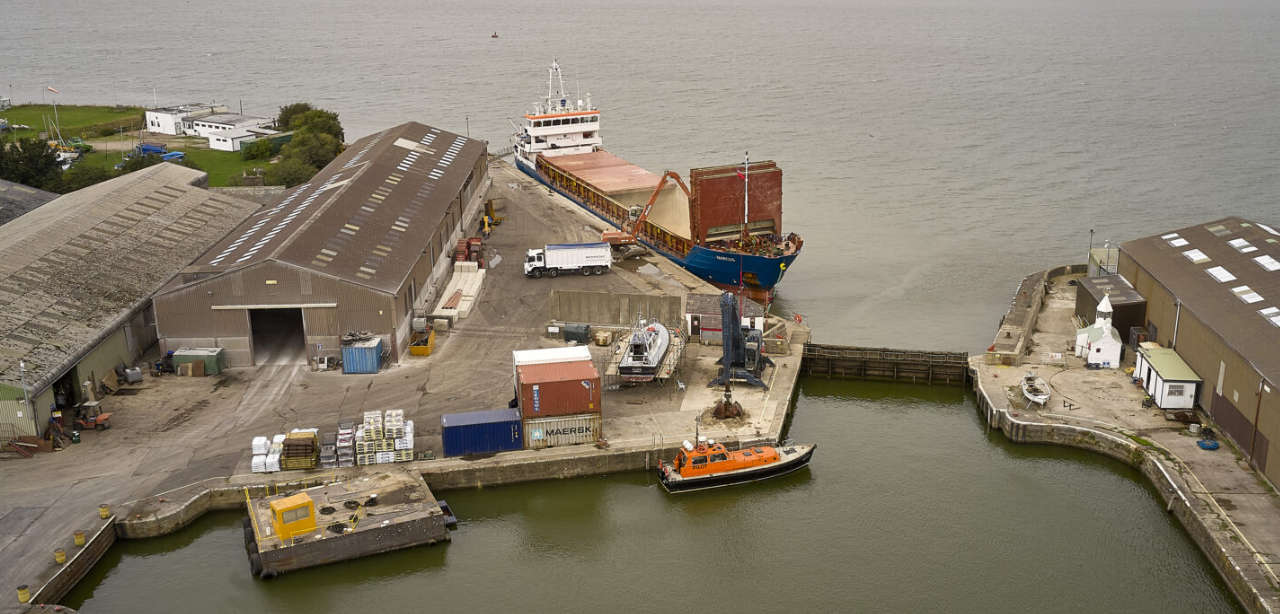 Cash for repairs to Lancaster Port gate announced in £6.5m flood defence package
Cash for repairs to Lancaster Port gate announced in £6.5m flood defence package
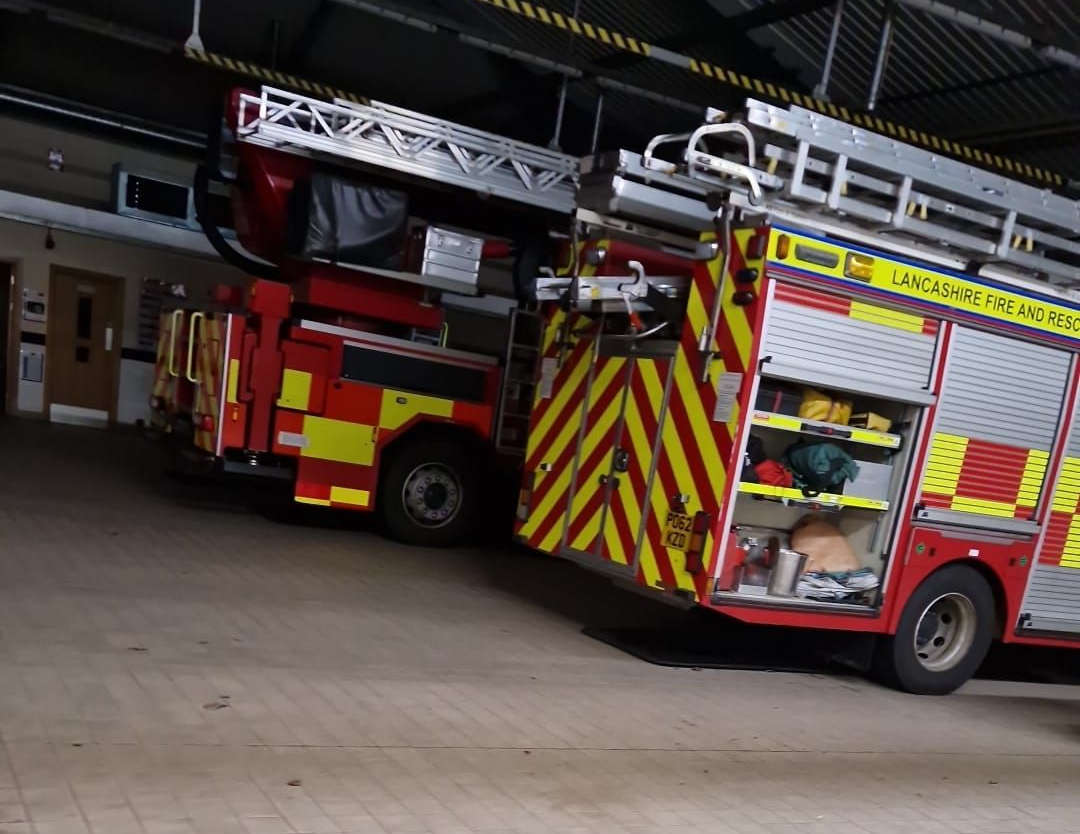 Carnforth fire crews issues safety advice after tackling blazes in the open
Carnforth fire crews issues safety advice after tackling blazes in the open
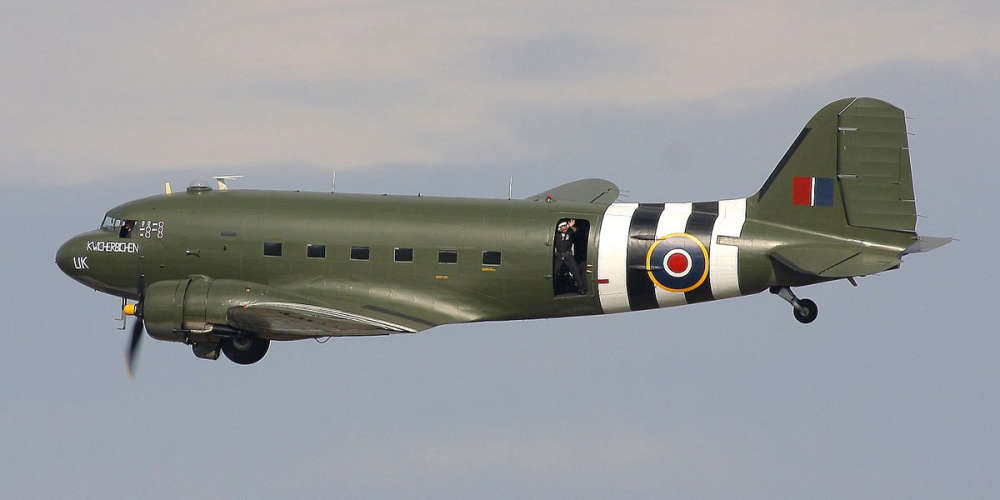 EXCLUSIVE: Battle of Britain Dakota display announced for Armed Forces Day in Morecambe
EXCLUSIVE: Battle of Britain Dakota display announced for Armed Forces Day in Morecambe
 Heysham school to open new nursery after government cash boost
Heysham school to open new nursery after government cash boost
 Local election candidates announced
Local election candidates announced
 Holiday park empire donates £100K to Lancaster hospice
Holiday park empire donates £100K to Lancaster hospice
 Lancaster and Morecambe events will 'Spring into Action' over food
Lancaster and Morecambe events will 'Spring into Action' over food
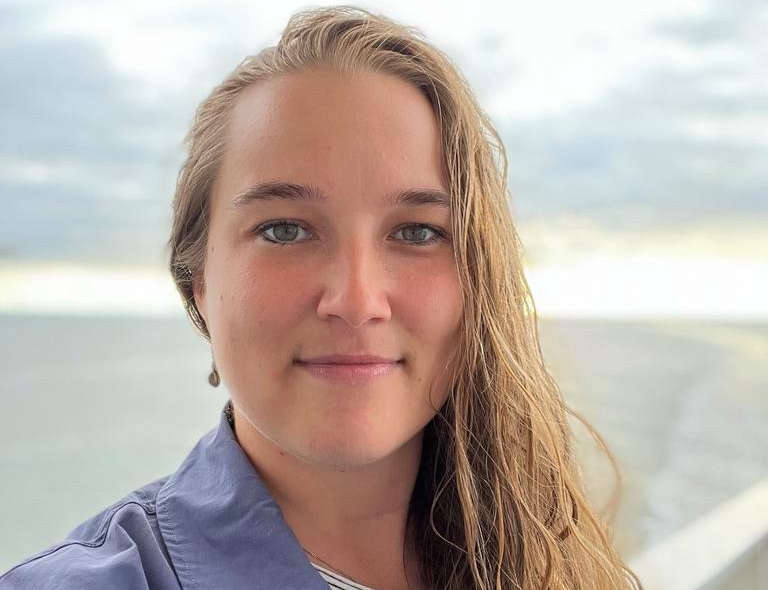 Lancaster City Council shortlisted for four local government awards
Lancaster City Council shortlisted for four local government awards
 Man pleads guilty to Heysham murder
Man pleads guilty to Heysham murder
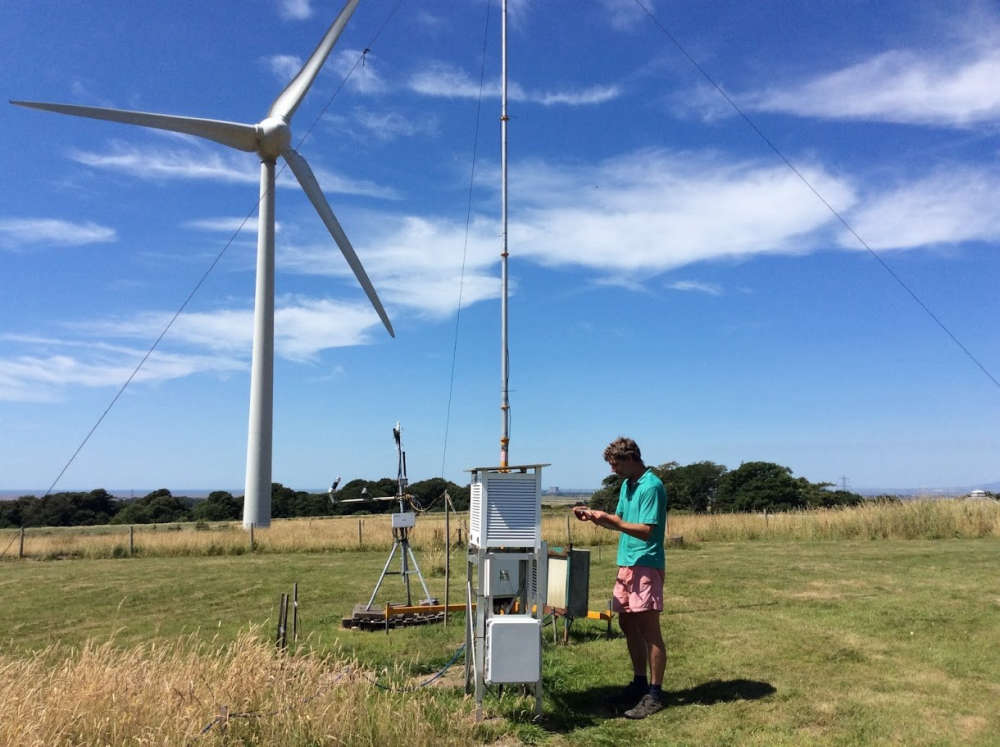 Driest March in Lancaster since records began
Driest March in Lancaster since records began
 Pioneering Morecambe 'podcast' from 1980s unearthed after 44 years
Pioneering Morecambe 'podcast' from 1980s unearthed after 44 years
 Lorry driver from Morecambe arrested after positive roadside drug test
Lorry driver from Morecambe arrested after positive roadside drug test
 Hundreds raised after vandalism to Lancaster hospice shop
Hundreds raised after vandalism to Lancaster hospice shop
 Plans under way to bring spring flowerbed planting back to Morecambe
Plans under way to bring spring flowerbed planting back to Morecambe
 New cycle and pedestrian friendly crossing completed in Morecambe
New cycle and pedestrian friendly crossing completed in Morecambe
 INTERVIEWS: Morecambe Bay visitor guide launched with high hopes for tourist season
INTERVIEWS: Morecambe Bay visitor guide launched with high hopes for tourist season
 Council looking at ways to fund £1m refurb of village hall in Carnforth
Council looking at ways to fund £1m refurb of village hall in Carnforth
 Pan-disability game at Morecambe FC will raise awareness of autism
Pan-disability game at Morecambe FC will raise awareness of autism
 Morecambe lifeboat crew respond to reports of ‘flashing lights and red flares’
Morecambe lifeboat crew respond to reports of ‘flashing lights and red flares’



